-

+86-577-57156888
-

-

+86-577-57155869
-

11th Floor, Building 6, Headquarters Economic Park, Yueqing, Zhejiang, China
Function and principle of frequency converter.
Industry News-The functions of the frequency converter mainly include speed control, improving motor performance, achieving precise control, and protecting motors and equipment. Its principle is to control the speed of the AC motor by changing the frequency of the motor's working power supply.
1. Functions of frequency converter:
Speed control: The frequency converter can adjust the speed of the motor according to actual needs, which can greatly save energy in equipment such as fans and water pumps, and meet the diversified speed requirements of different process links in industrial production.
Improve motor performance: The frequency converter realizes the soft start of the motor, reduces the start-up impact, prolongs the service life of the motor, and improves the operating efficiency of the motor.
Achieve precise control: In CNC machine tools, printing machinery, and other occasions with high control accuracy requirements, the frequency converter can adjust the speed and torque of the motor in real-time to ensure high-precision operation of the equipment.
Protect motors and equipment: The frequency converter has multiple protection functions such as overcurrent, overvoltage, Undervoltage, overheating, etc., and can take protective measures in time when the motor or equipment is abnormal.
2. Principle of frequency converter:
The basic principle of frequency converter is to convert fixed-frequency AC into adjustable frequency and voltage AC, to achieve speed control of the motor. This process is mainly achieved through the following links:
Rectification link: Convert industrial frequency AC power into DC power, usually using a diode rectifier bridge or a thyristor rectifier.
Filtering link: Remove the pulsating components in the rectified DC power to make it smooth, generally using a capacitor filter or an inductor-capacitor filter.
Inversion link: The core part of the frequency converter, which converts DC power into AC power with adjustable frequency and voltage. The inverter link is usually composed of an inverter bridge composed of multiple power switching devices (such as IGBT, MOSFET, etc.), which changes the frequency and voltage of the output AC power by controlling the on and off time of the power switching devices.
Control link: According to the given speed command and feedback signal, the power switching devices in the inverter link are controlled to achieve precise control of the output frequency and voltage.
In summary, the frequency converter plays an important role in industrial automation, transportation, manufacturing,g, and other fields through its unique functions and principles.
 English
English 中文简体
中文简体 عربى
عربى
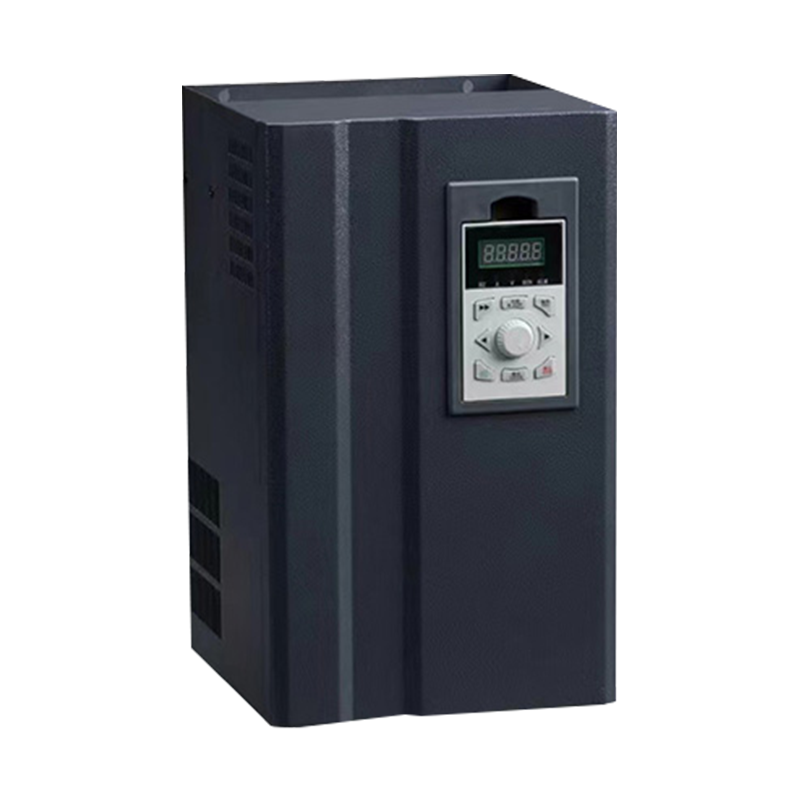
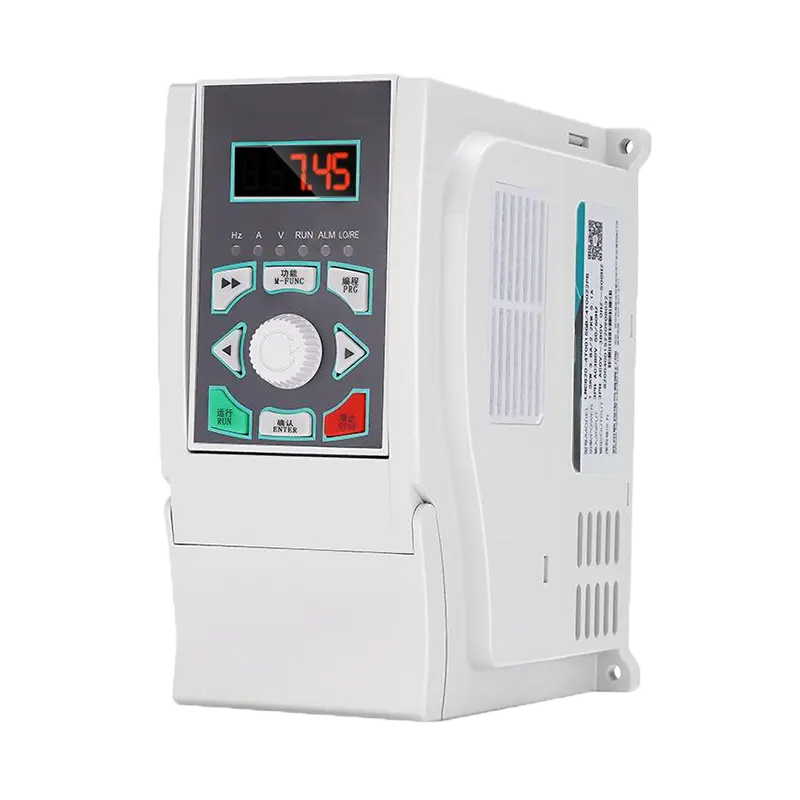
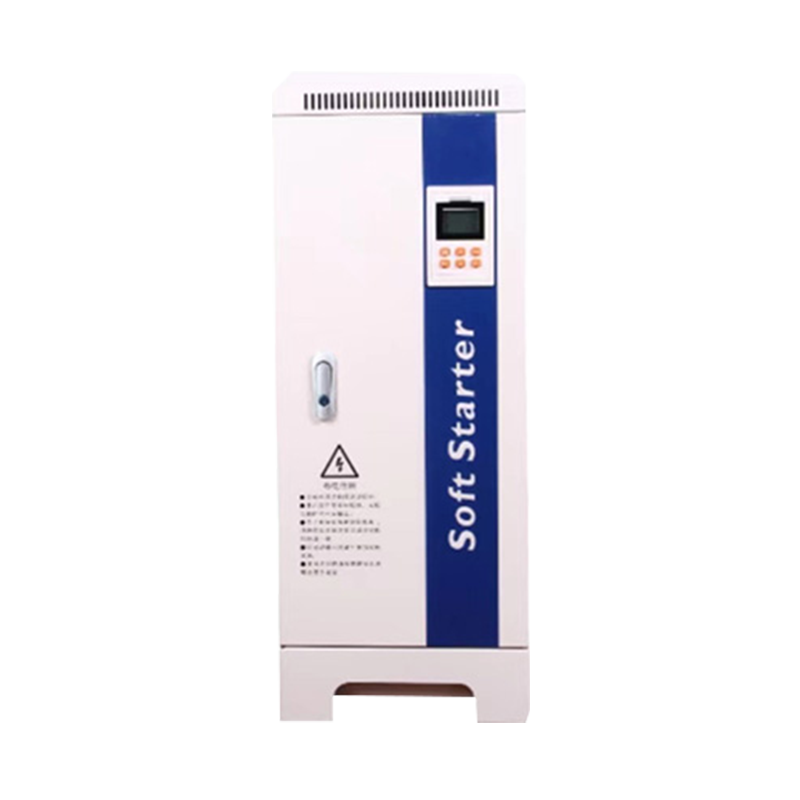
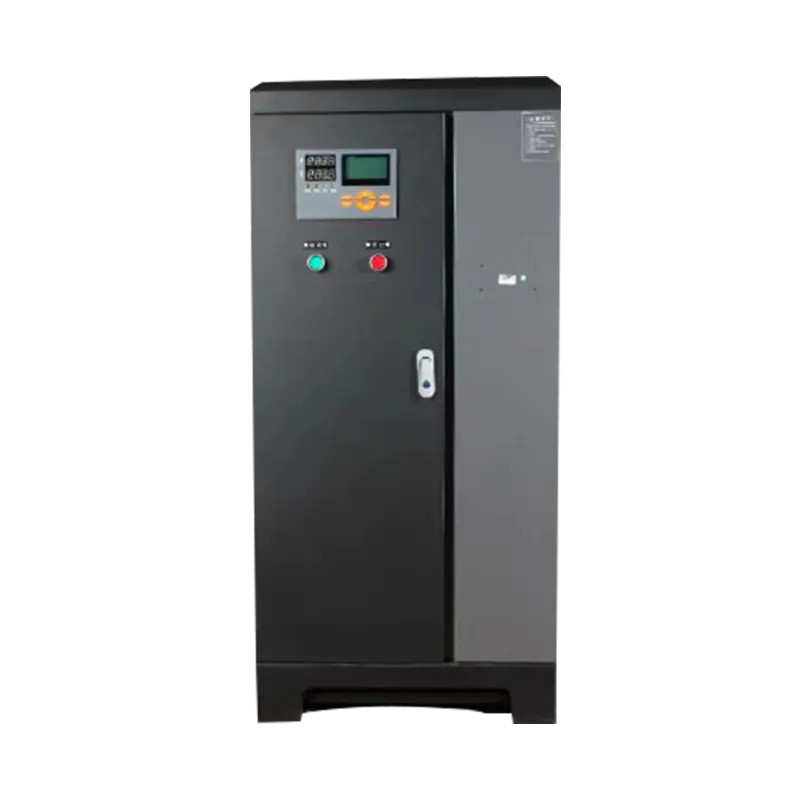

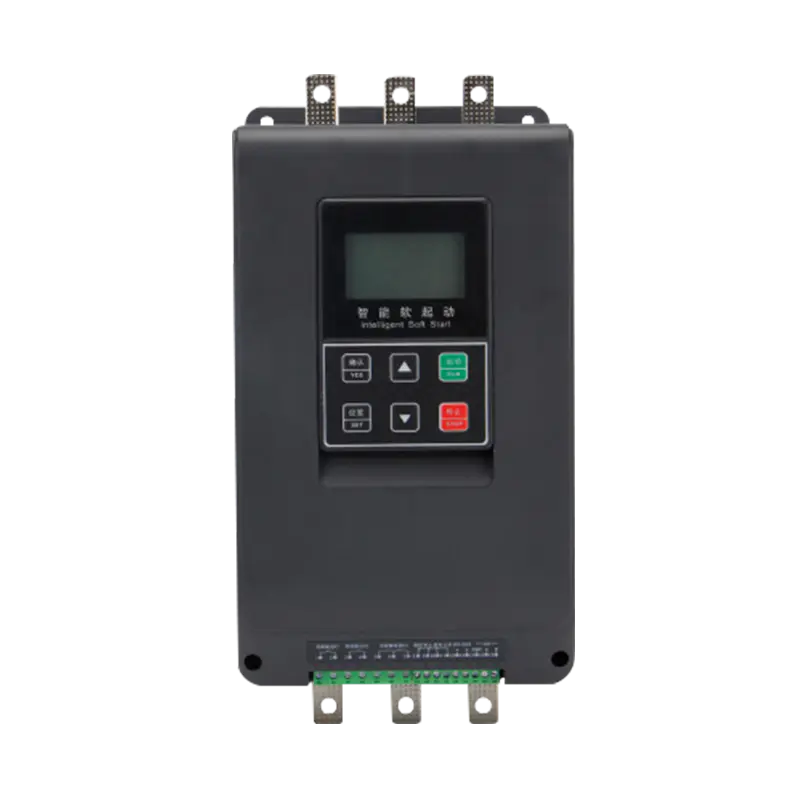

 浙公网安备33038202003754号
浙公网安备33038202003754号